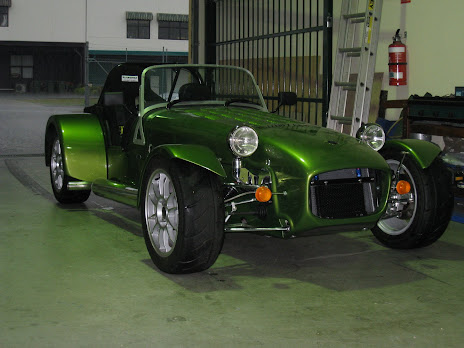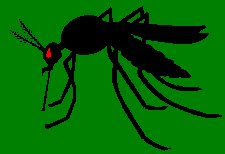With the racing seat in place, it became apparent that my head will be above the rollbar when I have my helmet on. Kinda defeats the purpose of having a rollbar in the first place, really, as in the event of a rollover my head will be ensuring the rollbar comes out unscathed. So yet again I'm copying an idea from Frank, and repositioning the seat to be a lot lower.
The standard car comes with a set of movable rails mounted to a steel frame - all up there's probably 4kg of steel in the driver and passenger seat mountings. In addition, they put the seat about 2 cm from the floor, and with the thickness of the seat, that puts you about 8 cm up. With the modifications, you can get this down to about 3cm. 5cm doesn't sound like a great deal, but it makes a huge difference to the feeling of being "one with the car".
The modification basically involves removing the subframe (held in by four bolts), and angle grinding the two rear mounting points. The two rear points have a lip on them which prevents the seat from sitting on the floor.
Next, fashion a base plate out of 3mm aluminium. 3mm ali is probably overkill, and overweight, however seeing as your butt is now that much closer to the ground, a little armour plating probably doesn't go astray ;-) Plus, it adds some stability to the seat, as the seat is mounted directly to the plate itself.
The next step is to position the plate. The plate needs to fit in between the rear mounting plates for the seat belts and the floor. This means that the base plate is held in place by the same bolts as the seat belts, which are strong 10mm bolts. In addition, the plate is bolted to the steel crossmember in the footwell.
With a few rivnuts in place, the seat now bolts to a strong base which drops the driver (and passenger now I've done the same to the other side) lower into the car.
The downside is that the driver seat is now basically fixed in place. However, we also fitted the standard driver seat to the base, and it turns out that Dad fits in quite nicely! So he'll still be able to drive it (if I let him ;-)
 Here you can see the oil cooler. I made up the brackets top and bottom to hold it all in place, using rubber mounts to isolate the oil cooler from vibration. On the road, a cooler of this size will probably cool the oil too much, so I'll make up an aluminium blanking plate to cover about half of it up.
Here you can see the oil cooler. I made up the brackets top and bottom to hold it all in place, using rubber mounts to isolate the oil cooler from vibration. On the road, a cooler of this size will probably cool the oil too much, so I'll make up an aluminium blanking plate to cover about half of it up.











